Grass photography tips for ID: Help us help you!
Need help identifying a grass? Learn how to capture those critical photos that can help your identifier.

Identifying grasses can be very tricky, but taking clear photos (Photo 1) of key features can help speed along the process. Check out these steps to get the most out of your grass ID requests with Ask Extension, Michigan State University Extension, Michigan State University Plant & Pest Diagnostics and beyond.
Set your phone or camera to the highest resolution setting possible (iOS, Android). When submitting electronically, send the largest size. This helps your identifier zoom in on particular features of the photo (Photo 2).
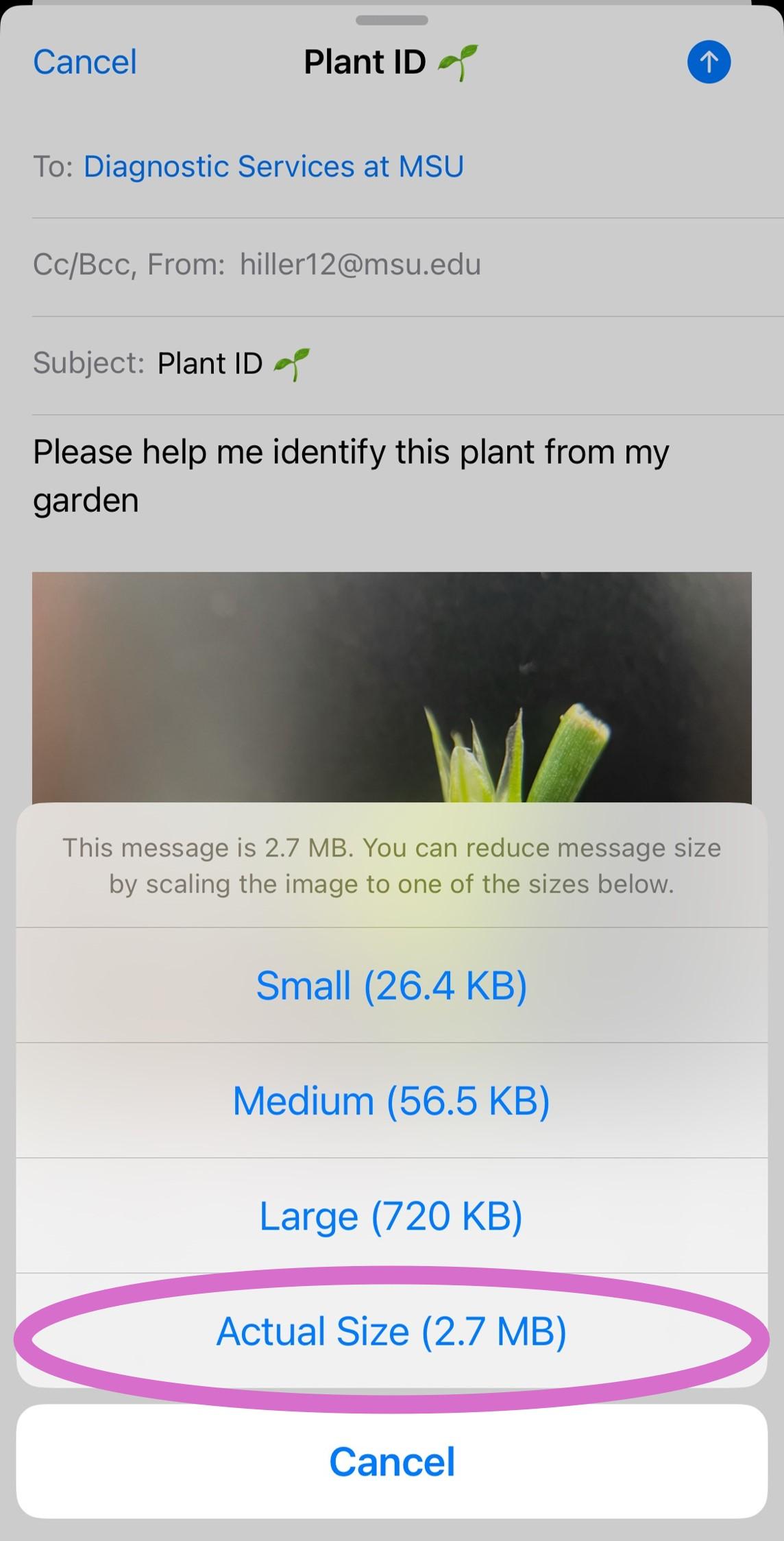
Examine the clarity of your photos; being in focus is important. Identifiers do not have special software to improve blurry or low-resolution photos. Sometimes having your fingers or hand in the photo near the feature you are trying to capture can help your camera focus.
Take a photo of your grass in the landscape. The distribution may provide insights to the identification and surrounding vegetation and features may be helpful if management information is desired (Photo 3).
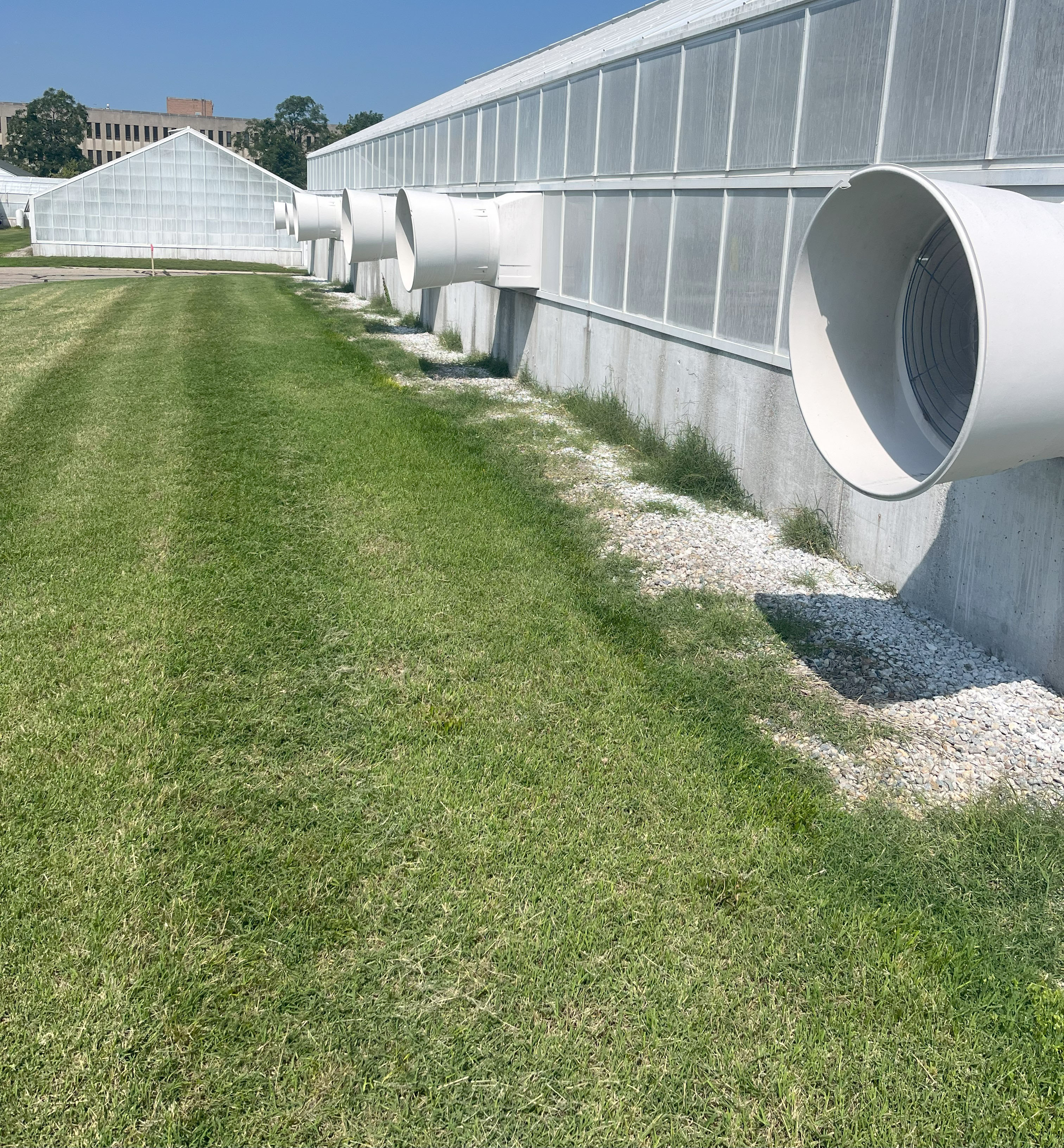
Choose a background that is a solid, contrasting color for the suggested close-up photos that follow (e.g., the sky, dark colored pant legs, paper sack, hard cover book, printer paper, etc., Photo 4). Black and dark blue are often good colors for green plants, but any color that is high contrast will do. If the light outdoors is too bright, consider moving your photo session inside. Finally, including a ruler in the photo can also sometimes be helpful to show your identifier relative size.
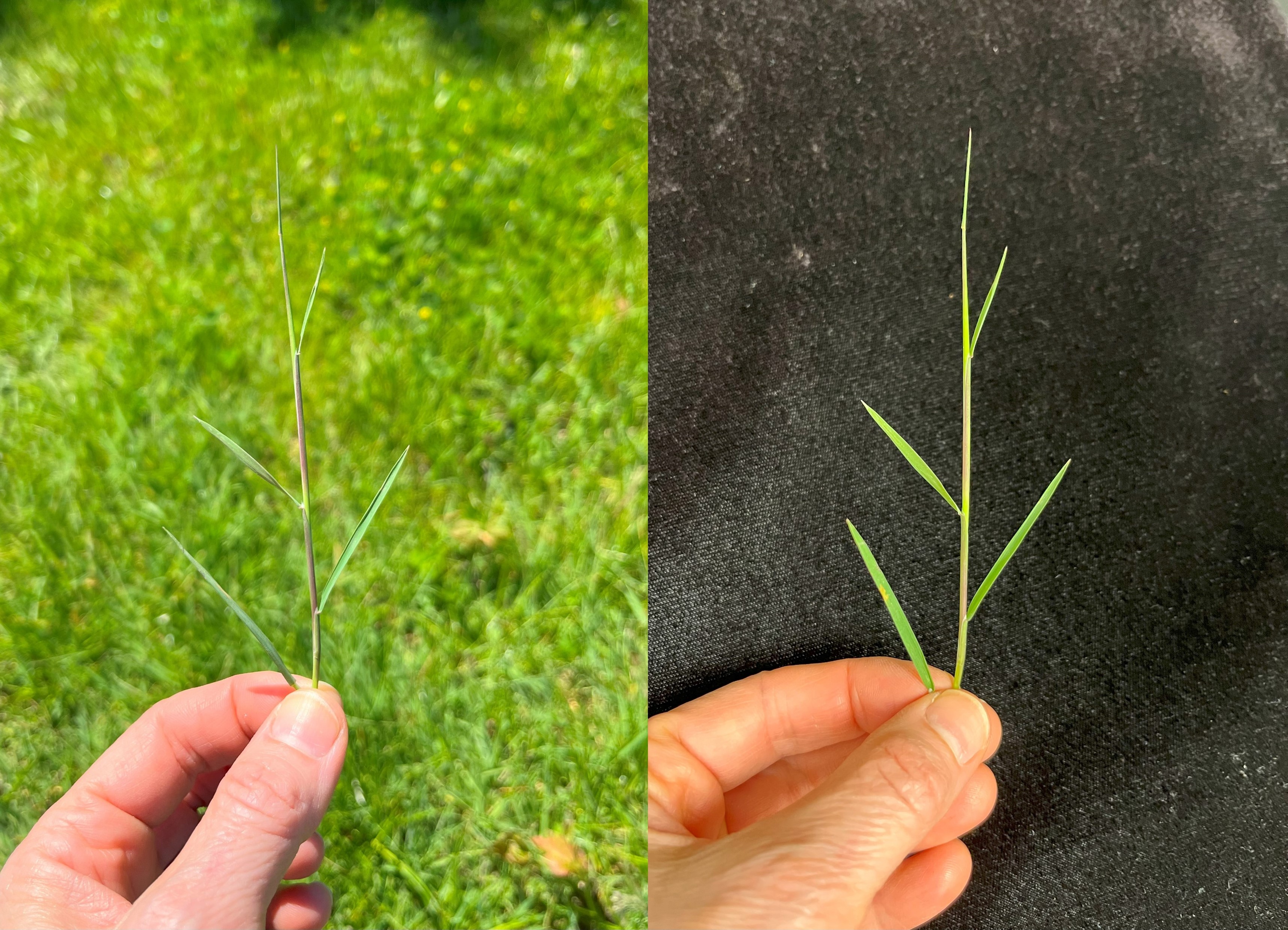
Dig out one or more plants, knock off the soil (or even better, wash it off) and take photos of the roots and underground structures (Photo 5).
Photograph the collar region located where the leaf blade meets the sheath (i.e., main stem). This is where you will typically find a thin membrane or fringe of hairs, though sometimes there is no ligule (i.e., absent). Some grasses also have little lobed structures that hug the stem called auricles (Photo 6).
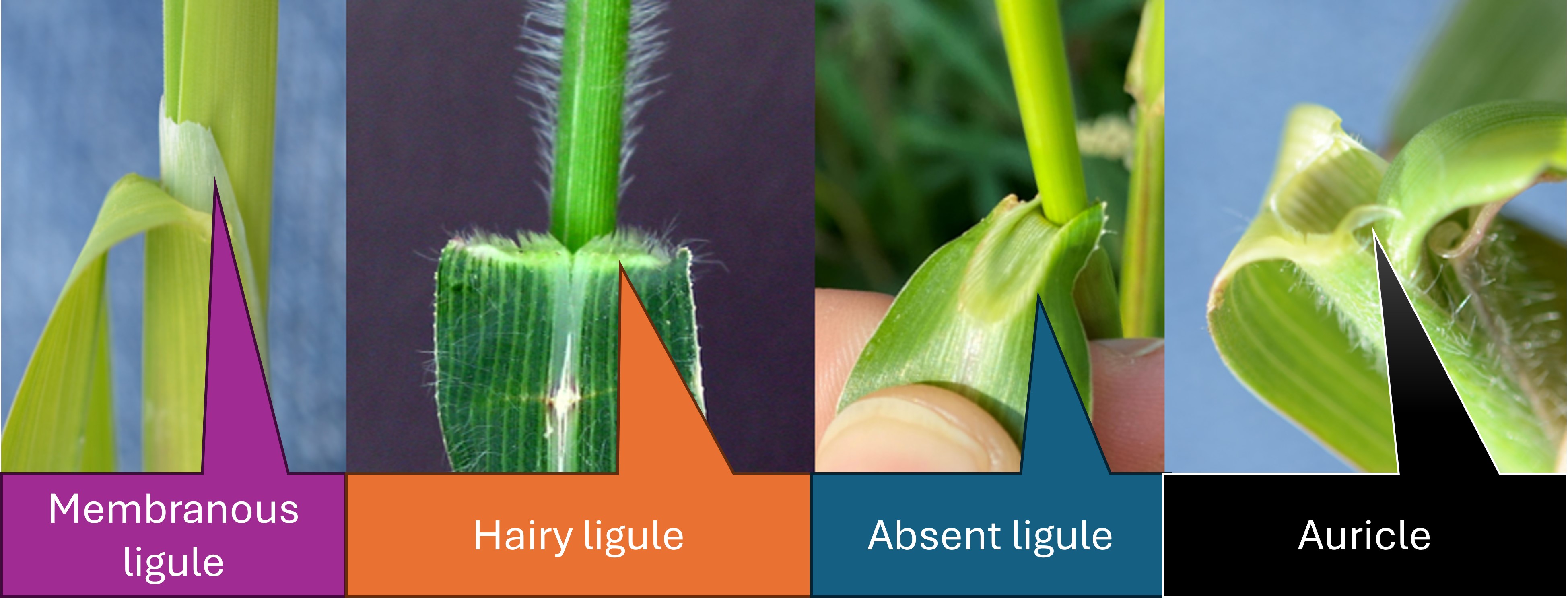
Capture the new leaves emerging from the sheath (Photo 7).
Get a shot of the entire leaf blade, including the very tip (Photo 8).
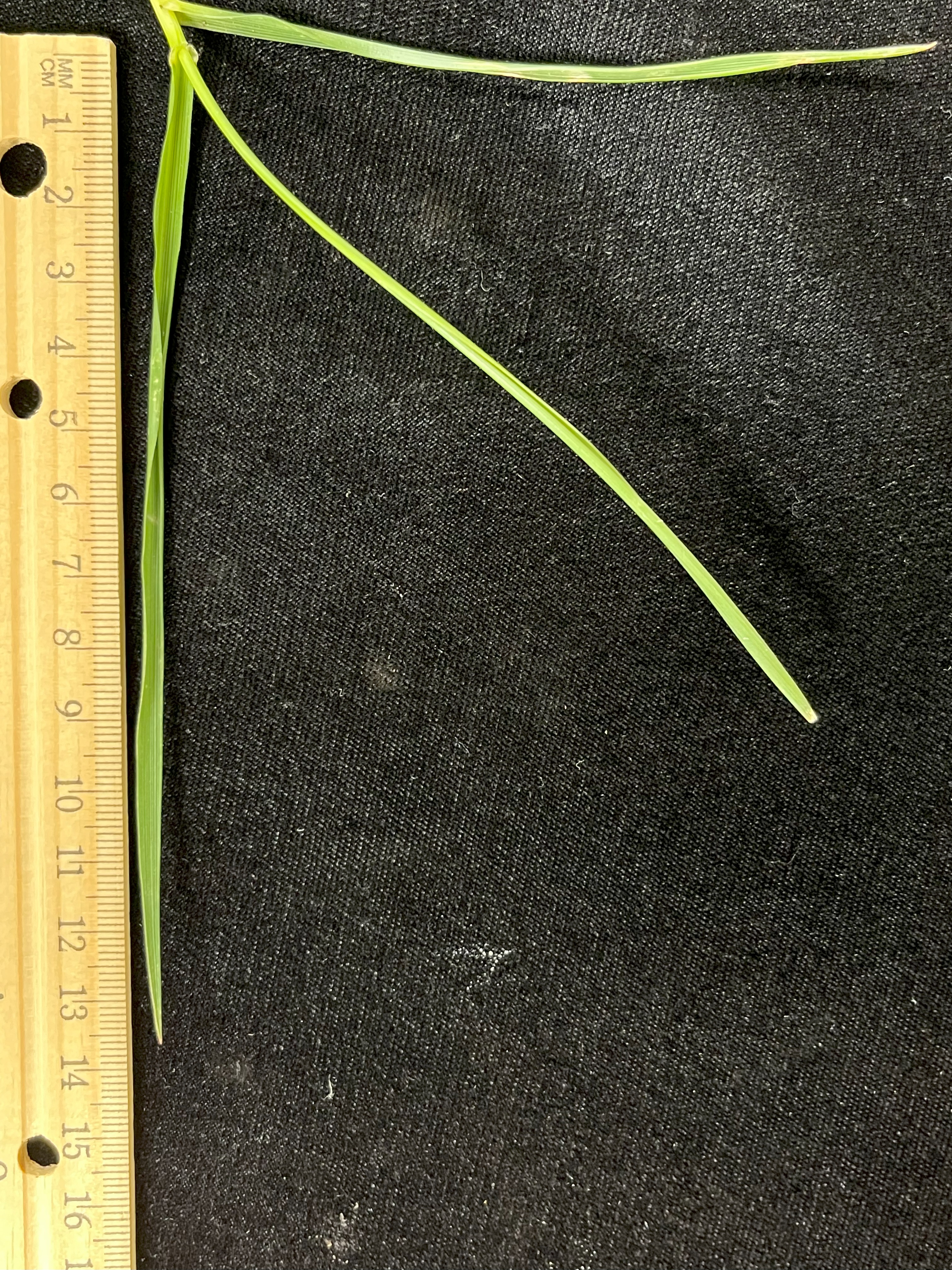
If flowers or seedheads are present, photograph those as well. For less common species, this may be required as most grass keys that identifiers use primarily describe the floral features (Photo 9).
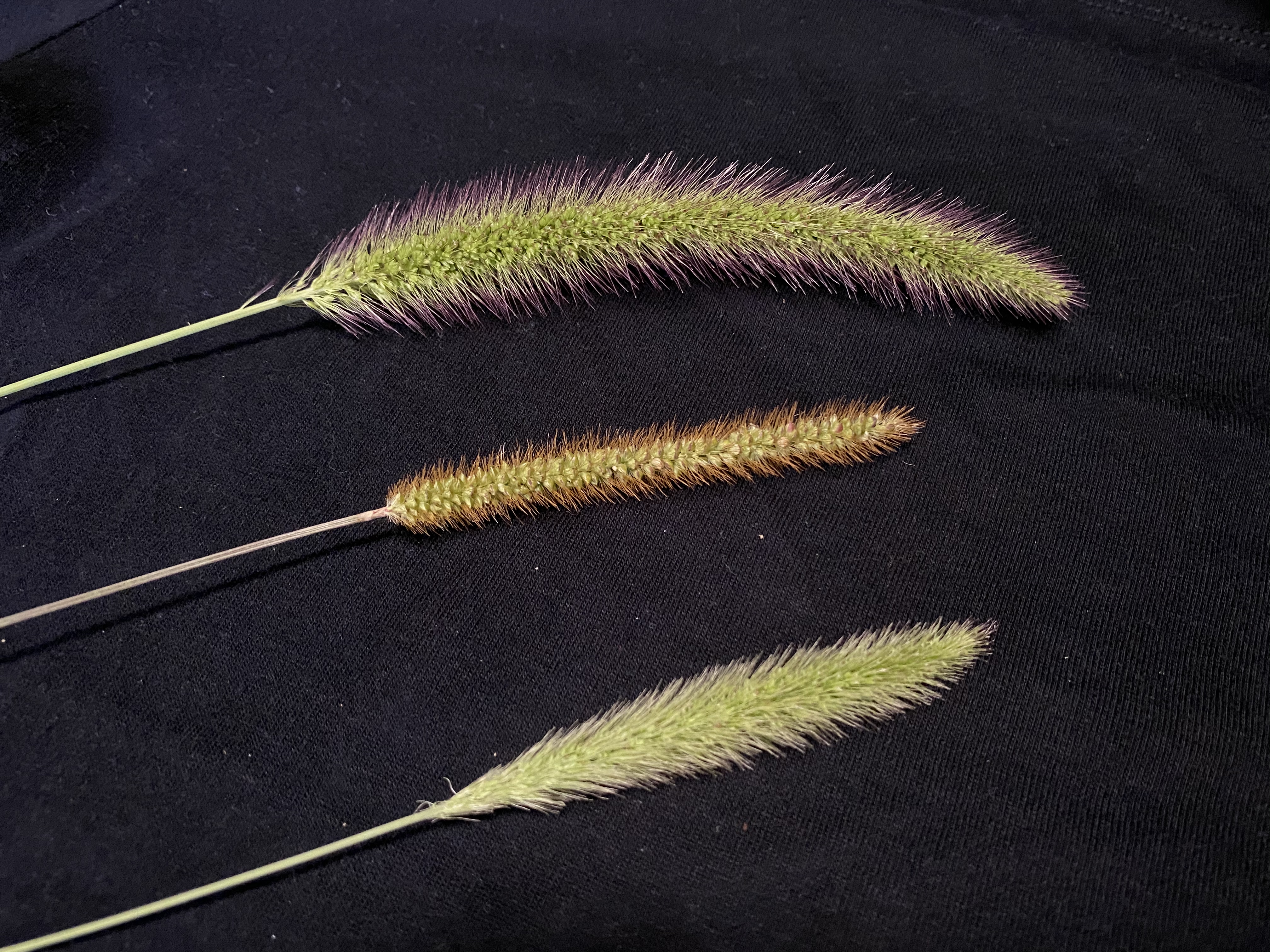
Record any other features you think look distinct (Photo 10).
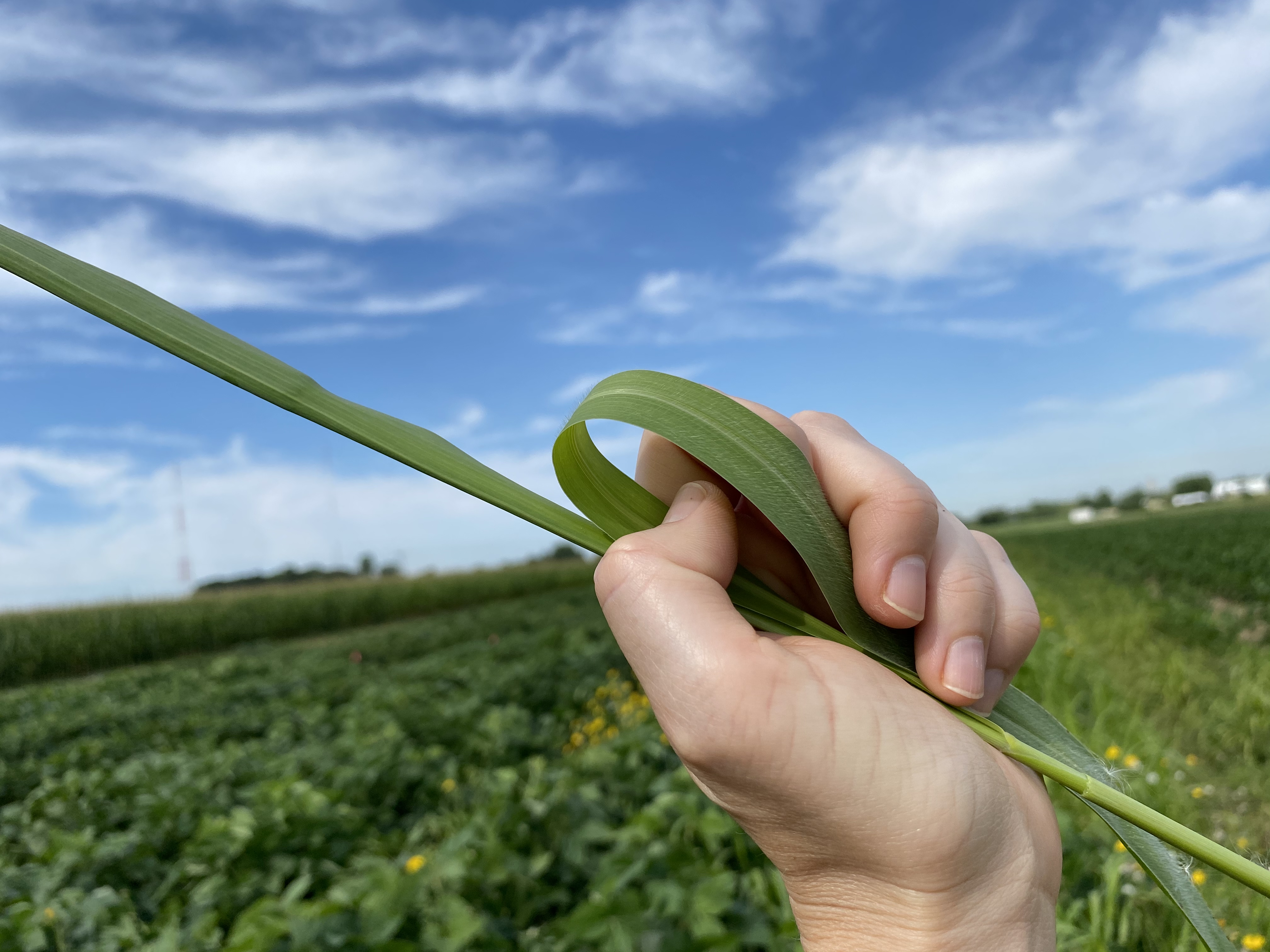
Michigan has hundreds of species of grasses, so even with the best photos, grass identification may still not be possible without a physical sample and the presence of flowers or seed.
Thank you to Angie Tenney for her review of this article.



 Print
Print Email
Email




